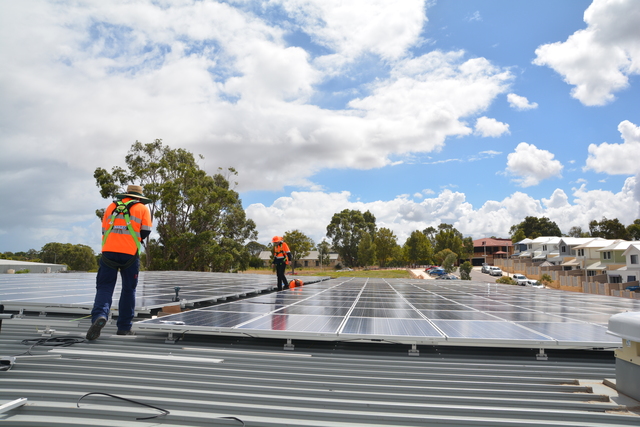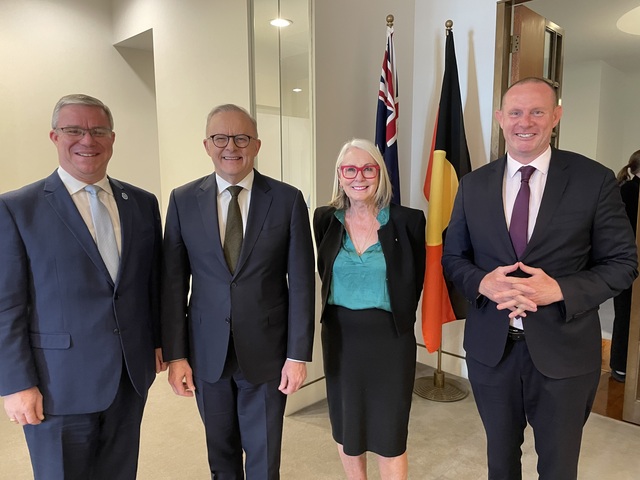It is probably only human nature, but unfortunately for Councils, ratepayers tend to be quick to spot rate rises but slow to recognise the benefits their rates bring. Often the sheer diversity of Local Government services, and a Council’s success in working with other local organisations and other spheres of Government, clouds their input to infrastructure development and other community activities.
To foster better communication about their activities, this year Parramatta City Council in NSW sent ratepayers five pages of details about Council expenditure with rate notices.
The decision to follow this course was based on a Council survey which showed that ratepayers wanted improved communication with Council and preferred information to come directly from Council rather than local newspapers.
The information provided highlighted areas earmarked for additional expenditure and the amount involved. These included roads, street lighting, economic development and libraries. Supplying this additional information cost just 15 cents extra per household.
“That seems to me a very reasonable and cost effective way to communicate with our ratepayers,” said Mayor John Books. “I believe improved communications, of which this leaflet is a part, brings improved ratepayer understanding and support for what we do.”
The leaflet has also saved staff many hours in answering queries. Parramatta’s initiative is similar to a scheme adopted by Boroondara Council in Victoria, where a glossy leaflet distributed with Council’s regular newsletter showed the contribution households make to particular services.
With an average rate bill of $663.80, road and footpath work would cost this household $79.80, while children’s services cost $7.70. Set out like this, people can readily see how little it costs them to contribute to services that improve everyone’s life.







